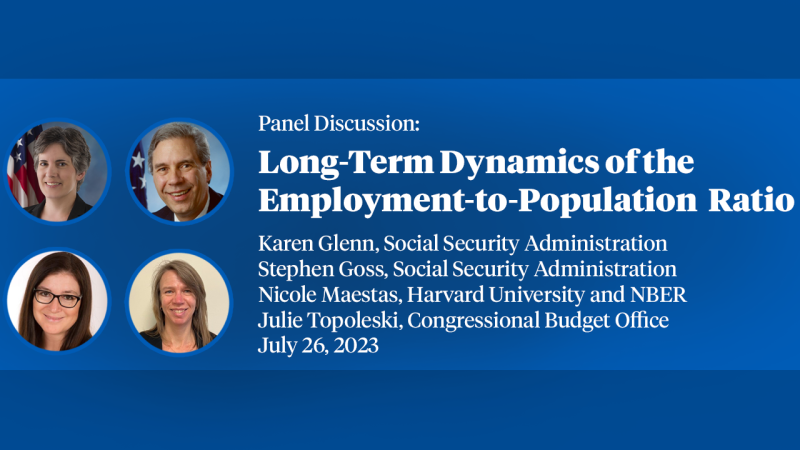Annuity Markets, Savings, and the Capital Stock
This article examines how the availability of annuities affects savings and inequality in economies in which neither private nor public pensions initially exist. The absence of widespread market or government annuity insurance is clearly descriptive of many less developed countries in the world today; it was also a characteristic of virtually all countries prior to World War II. The paper compares economies with perfect insurance with economies in which completely selfish parents and children pool longevity risk to their mutual advantage. The analysis of the latter economies takes into account the infinite sequence of risk sharing bargains of successive parents with their children. Such bargains affect current risk sharing between parents and child because they determine the welfare of current children when they become parents. Calculations based on the CBS utility function indicate that perfecting annuity insurance can significantly reduce national savings. Indeed, the insurance aspects of government pensions are potentially as important as underfunding government pensions in reducing national savings.
Published Versions
Kotlikoff, Laurence J., John B. Shoven and Avia Spivak. "Annuity Markets, Savings, and the Capital Stock." Issues in Pension Economics, edited by Zvi Bodie, John Shoven and David A. Wise, Chicago: UCP, 1987.
Annuity Markets, Savings, and the Capital Stock, Laurence J. Kotlikoff, John B. Shoven, Avia Spivak. in Issues in Pension Economics, Bodie, Shoven, and Wise. 1987


